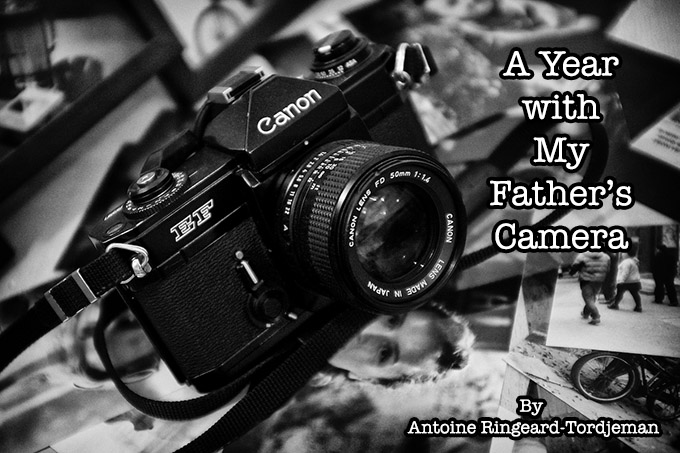
A year with my father’s camera
by Antoine Ringeard-Tordjeman
Hi Steve, and fellow stevehuffphoto.com readers ! This site has been a great inspiration to me for a long time, especially the user-submitted pieces, so I thought I might share my own story. There was a Swiss watchmaker that had an ad saying you can never really own their timepieces, as you are merely borrowing them from your grandchildren. Some cameras are like that too!
My name is Antoine, I am 22 and I got really into photography about 2 years ago when I moved from France to China. I bought a $200 superzoom and I loved it dearly, it has given me great shots (great in my own eyes, admittedly). Still, it had its limitations and I moved on to a Fuji X100, that I still use today, as it is an amazing camera.
And then, on a holiday back home, I pointed at a box in a closet and my mom said “oh that’s your father’s camera, I don’t think I’ve seen him use it in 25 years !”. I opened it like it was a treasure chest, and I was not disappointed. Inside was a pristine 1975 Canon EF film SLR.
The camera was actually bought by my uncle for a small fortune in 1975 (adjusting for inflation, the kit with a 50mm 1.4 cost him close to €2400), when my father was still a teenager, and he must have gotten it from his brother a few years later.
It was Canon’s first try at a pro-level electro-mechanical camera: it has batteries that power the TTL metering, the shutter priority mode and the two slowest shutter speeds. The body is black enamel paint on brass, just gorgeous. Even though the batteries still had power left after 25 years in storage (!!!), I took them out and I use the EF as a fully mechanical camera, metering with the X100 or an iPhone app. It has never been serviced and runs like clockwork.
Moscow, Russia – Ilford Delta 400
Beijing, China – Kodak TMax 400
In the box were a 35-70mm 3.5 plastic zoom and a 135mm 3.5 tele, in FD mount. Upon returning to Beijing I quickly bought a mint 50mm 1.4 for a whopping $60 and haven’t taken it off the camera since. All the pictures in this article were taken with that lens.
Bokeh! in Beijing, China – Ilford HP5+
Fenghuang, China – Kodak Portra 400
I have been doing my own B&W processing since the first roll, it seemed like a fun thing to do (it is) and it’s cheaper. I also have a small darkroom now and I do wet prints. Most of the scans here were done by the Lomography store in Beijing. I’m not really into their aesthetic but as a lab they’re affordable, sell good B&W film (repackaged TMax 400 and Fomapan 100), do an OK job with the processing and the store assistant was really really knowledgeable and a genuine film lover.
Beijing, China – Ilford HP5+
Beijing, China – Kodak TMax 400
After I caught the film photography bug my GAS syndrome mutated. I was perfectly happy with my X100 and used it alongside the Canon, or by itself when I needed the high ISO and the possibility to miss half the shots without financial repercussion. While I completely stopped lusting after newer, better digital cameras, I became obsessed with film cameras, especially Soviet ones. I have since bought a Zorki rangefinder and a Flexaret TLR. Oh and a DIY plastic 35mm TLR, because of course I did, it was $12.
If the Sony A7R sold for $100, and I had $100, I’d buy a Moskva 5 :).
Moscow, Russia – Kodak Portra 400
Moscow, Russia – Kodak Portra 400
As for the photography itself, it’s still mostly snapshots. I try to go everywhere with a camera and shoot whatever looks good. I seem to always come back to night scenes of neon lights and dimly-lit bars. I have never been to NYC, so for me Beijing is the cuty that never sleeps.
Beijing, China – Kodak Portra 400
Beijing, China – Kodak Portra 400
This camera is now one of my most prized possessions, even though I’m not sure it’s technically mine.
The point of this rather lengthy article is not to say film has made me a better photographer – it probably hasn’t. I won’t argue that film photography is better in essence or in quality – it’s just different.
I get why people who started photography when film was the only option don’t miss it, it can be a hassle, especially if you’re shooting on a professional scale. And I can understand why people who are getting back into film are dismissed as hipsters. For me, at a time when every disposable gadget takes pictures, film retains that little bit of magic that keeps me excited about photography.
Unlike digital cameras, film cameras are not getting any more obsolete than they are now, most of them will still be perfectly capable of taking pictures 40 years from now. Hold on to yours, a well-loved film camera might go from garage sale junk to priceless heirloom just by being passed on to the next generation !
Beijing, China – Kodak TMax 400
Fenghuang, China – Kodak Portra 400
Beijing, China – Ilford HP5+
Beijing, China – Kodak Portra 400

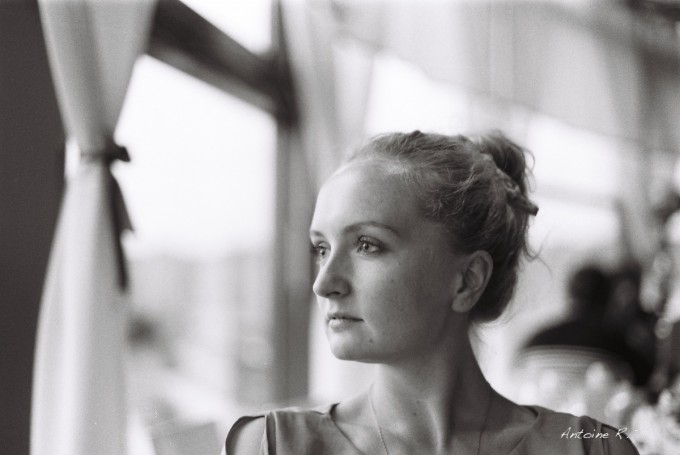
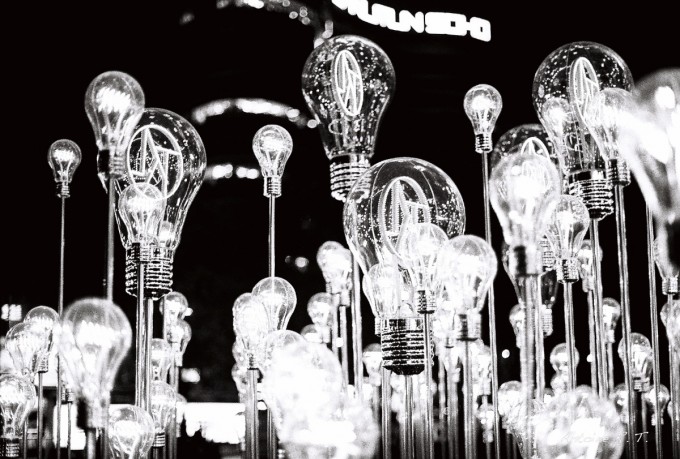
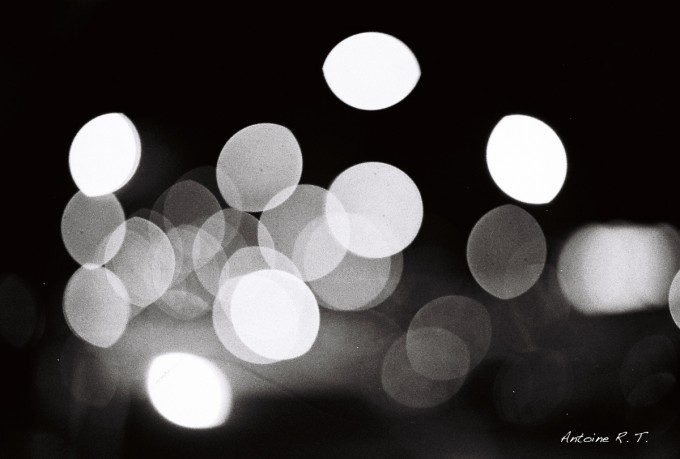
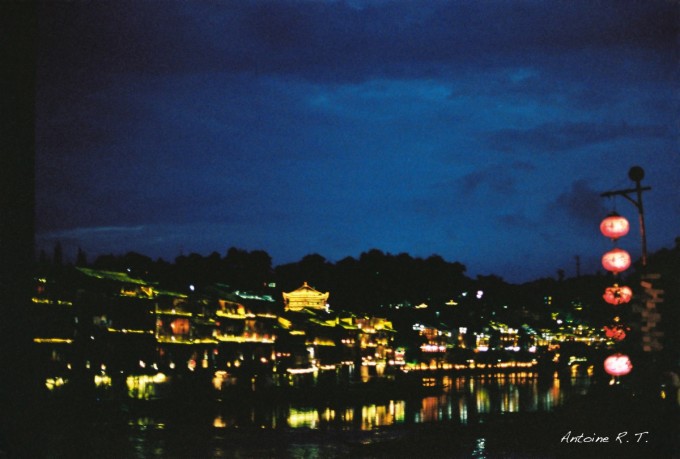
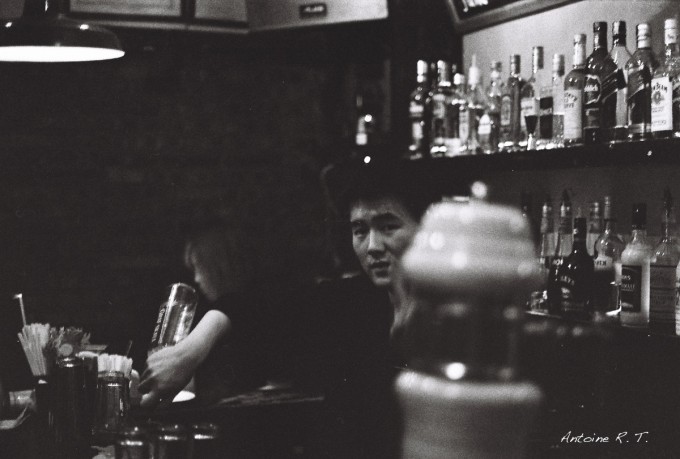
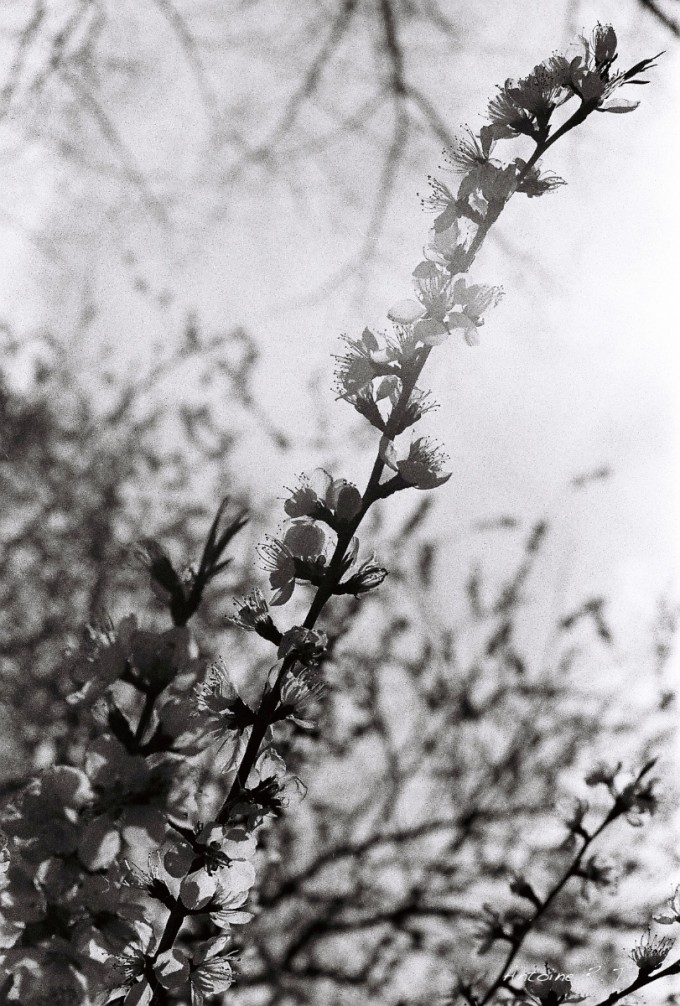
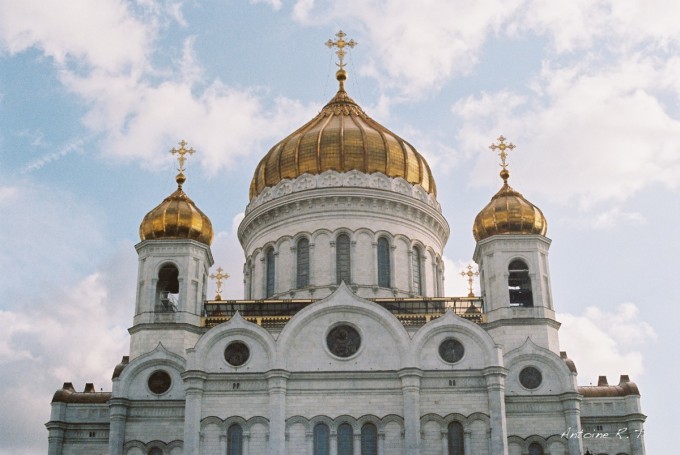
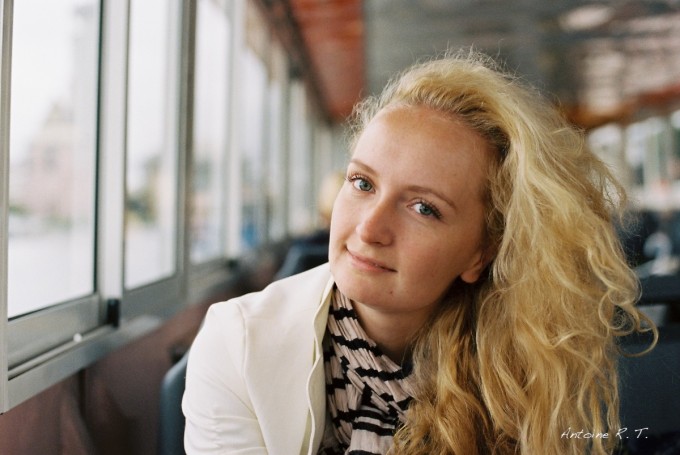
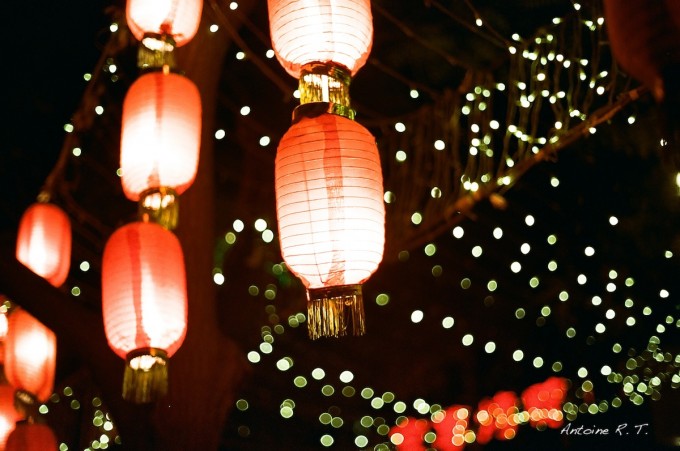
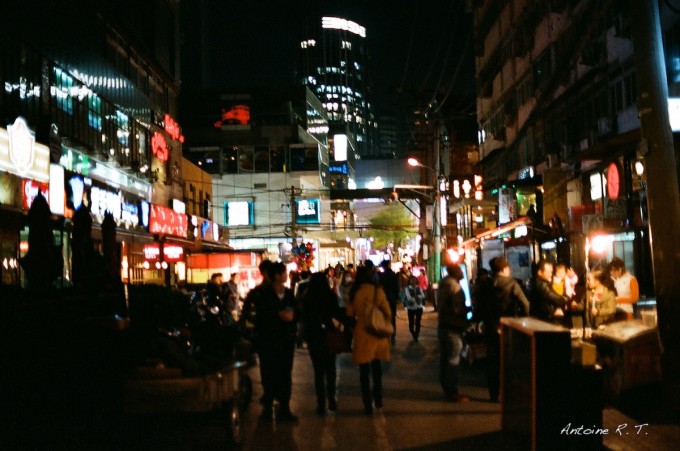
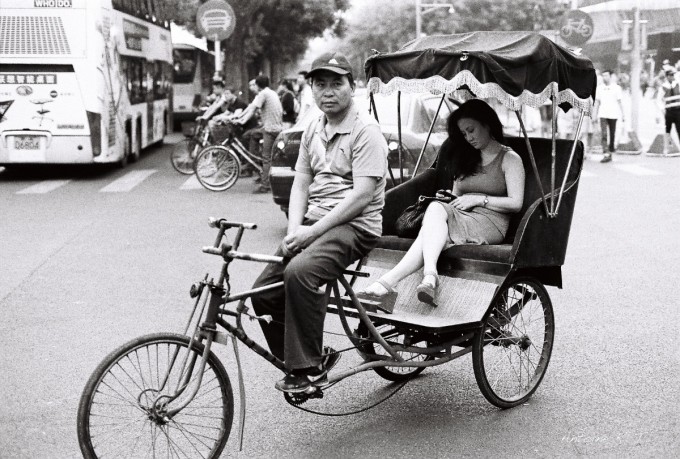
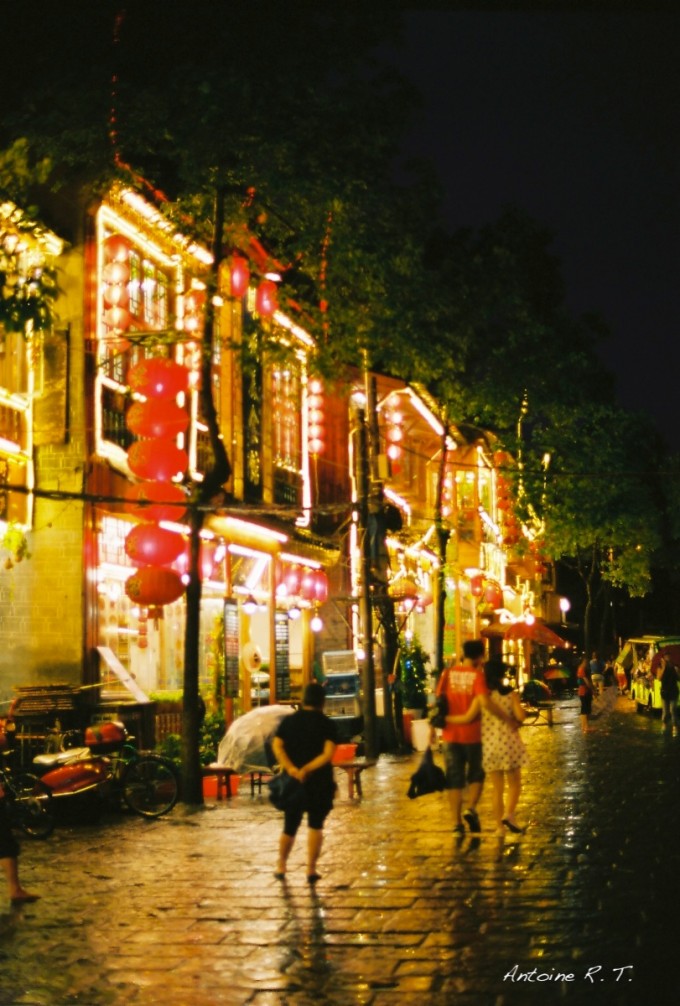
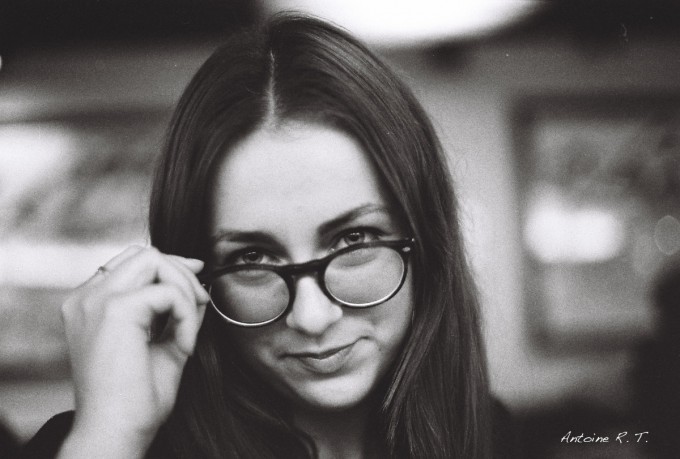
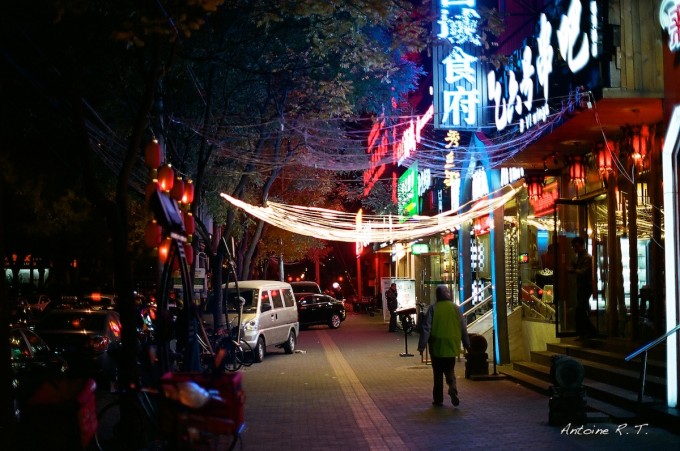

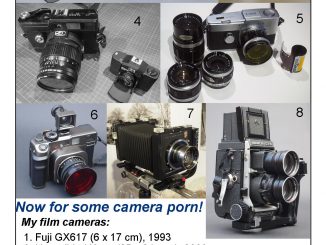

The old Canons and Nikons are still viable shooters today. I’ve had my Canon F1n since 1990, however, it needs the 1.35v mercury battery to meter correctly. I have now acquired an EF body to use with my Breechlock FD lenses to give me accurate metering and auto exposure. The EF has a voltage regulator so moder PX 625 1.5 volt cells can be used. The camera has a metering system that prevents the sky from affecting the exposure and gives full information in the viewfinder. The finish on the F1 and EF is far superior to Nikon.
very nice article you post here. keep it up !! and thank you very much for it.
Great shoots – still have a couple of Lomo’s. I will dust them off and get shooting.
Nice story and photos. Old film guy here. I understand the attraction to the Russian cameras, plentiful and inexpensive. I would suggest you start to look at the German and Japanese cameras as well, especially for medium format. Ikonta’s, Super Ikontas, Bessa’s and Twin lens cameras like Rollicords, Yashicas, MInolta Autocords and Ricohflex’s. The build quality is SO much better and more enjoyable to use. Yes they cost a bit more but are worth it.
wow those shots are beautiful and has such great character to them.
Beautiful photography 🙂
Merci Antoine, et bravo!
For me it is about sound of cocking thus shutter, definite moment of taking the picture, being sure of yourself that you have caught the picture, not making 10 just to make sure, and anxiety of waiting for them to develop, little surprise as some you actually forgot you even took and thee they are, waiting… yes, you took that shot! Be proud!
Nice photographs Antoine. My father gave me a black beauty the last year (he has a zenith more but the canon is just gorgeous). Unfortunately after a pair of rolls in Ayaviri (near to my city in Peru) the shutter is stuck so I am trying to repair it. I love sometimes to let the digital camera and shot with the idea that the photograph has to be well thought. Although there are certain things I don’t like: flash just sync in 1/250 (my digital sony R1 sync in any speed); the shutter dial is plastic (the xe-1 has a metal shutter dial but the canon is easier to rotate); the plastic leather imitation of the body feels a bit weird so I was thinking to put a real leather, a contax type; and the ovf doesn’t cover the whole frame, it feels a bit claustrophobic.
But seeing your photographs, in special your lovely portraits, I remember that that camera is a joy to use and in the hand it feels like a panther that is ready to take the world.
PD: the original batteries had charge but anyway I bought the weincell replacements.
I’m happy too see more and more young people are rediscovering the beauty of the film.
You’re probably correct about film not making you a better photographer; I suspect that you had a natural talent for photography from the start. I really enjoyed your story and your images; thank you for sharing!
I love my Fuji X100S and my Sony NEX-6, but I have strong desire now to dust off my Nikon FM2 and run a few rolls of film through it… 🙂
Portra 400: great colour rendition, easy to scan and maybe finer than all B&W films (delta and tmax included).
The best film of all times.
oh it reminds me how I always love those portra looks 🙂 and those pics are really nice btw
Well, well, well. Talk about a blast from the past! This post brings back memories.
The EF was my very first SLR back in the day, just before I entered my teens. I was probably way too young to deserve a camera of that caliber, but after much pestering ― and upon seeing that I was indeed serious about photography ― my parents bought me a second hand one for Christmas in 1977.
I shot with the EF until about 1984 (all Kodachrome and Ektachrome transparencies) and absolutely loved it, before eventually transitioning to Nikon.
Still have the camera with the Canon FD 50mm f/1.4 S.S.C. lens attached, and it’s still pretty minty, too.
There is one more step you can start, post filming. Try developing your own B&W negatives. This will take to a new level of control. Note I say B&W, color is just too much. Going to printing would be next. But for now see how much more control you have by developing your own negatives….oh to 22 again…try it.
I enjoyed reading Your story and looking at Your photos, quite an interesting angle of personal taste and experience. I still have a Nikon F2 somewhere in a box and a 55mm f/1.2 Nikkor lying around. I shot many thousand pics with that camera. Nowadays I shoot with my smallish Pentax K3 or K5IIs and these sharp compact ‘limited’ primes. The photographic experience between these systems is vastly different and I am not saying that one is better or worse, but I don’t see myself going back to film because film does not ‘cut’ it for me anymore unless I do an awful lot of tedious work for which I lack the passion. Things have gotten a lot easier these days. I wish You all the best with Your photography and everything else.
Great story Antoine! Just reminded me of my first experience with photography; an old praktica loaded with ektachrome and a beautiful 50/1.4 (pentax). My father gave me this camera when I went to Cameroon as a student in 1993. Still remember the learning curve of adjusting a fully manual camera. Now I am shooting the olympus omd em1, a camera that gives me a bit of that “old camera feel”. Love your shots, there is just something beautiful about good old film grain!
Really enjoyed your images and story looks like you and the camera work well together .
My nieghbour recently gave me his CanonT50..The metering is very good. try the cam with some batteries!..I enjoyed your post and photos very much. I’m using my T50 with FD 24mm f/2 along with Rollei TLR and loving photography more than ever ;o)
Lovely shots, lovely camera! The joys of film and a well made (mostly) mechanical camera. Nothing comes close.
A lovely collection of shots, I have owned a number of A1’s F1’s and together with the wonderful lenses are truly superb cameras, the lenses are particularly worth mention as they yield superb mono images the designs suited this genre. You keep on pedalling the film cycle it is well worth the effort.
Wonderful article and beautiful pictures. Can you please provide some details on your home darkroom? I’m in the process of trying to build one at my house but am in need of some help. (I have my uncles Minolta X-700 as my primary camera)
Nice pictures. But i’m glad we’ve gone digital.
Lovely! I’m also exclusively shooting film since I ended my digital days a year ago. (I’m a hobbyist, and shooting, developing and scanning is extending the hobby!).
Don’t you just love the Portra?
Amazing beautiful pictures.
Thanks for sharing Antoine. My first real camera was a Canon AE-1 which I got new in the 70’s. Eventually I sold it to upgrade but several years ago bought a fully manual Pentax to teach my son photography. I still have that camera and now have the itch to run some B&W film through it. You’re probably correct though that the Canon is not technically yours…it’s your future son or daughters’ so take care of it! Regards.
Thanks for sharing your experiences Antoine. My first professional camera in 1972/3 was the Canon F1 with 50mm – I suppose many today would think of it as being good as a door stop or paperweight. It was heavy, angular and on the F1 like the Nikon F you could remove the pentaprism and use it waist level – great for street photography. Unlike the Nikon you retained exposure metering when removing the pentaprism. It also had an optional speed booster that I believe you could use for automatic exposure. Later I had a 100 ml and 35, both f 2 or f 2.8 – great lenses and with the optional motor drive you could go through a film in seconds! ….. I’d also second Michael’s comment about looking out fir the old trannys… Kodachrome , kll and k25.
I’m now a digital-only shooter, but your second photo from Moskow (the portrait) really shows off how great film can look. Beautiful soft colours, great highlight retention. Very nice.
Try some transparencies on it. You can scan them when they have been developed. We had a family slide show last week with stuff 18-20 years old. They have a lovely colour quality. Did your father take any transparencies. If he did seek them out!
Reading this post, it just makes me want to pull out my ME Super, load up some film and shoot….or finally fire up those old Spotmatics I got for a song (including Zeiss lenses)….I really think if you really want to learn about photography, shooting with a manual-focus film camera is the way to go.
I remember in high school taking pictures, and writing down each of the settings I changed so I could know what they could do in a given light situation, which came in handy when at a scene and I wanted to guarantee a shot (with no LCD preview to show me if I got the shot).You could never rely solely rely on the camera to get the image, you had to think about it. It truly was a craft, and as you point out with prices then, versus now, having several lenses was a luxury – you just worked with what you had.
When I look at these images, the black and white images just look so timeless – how the film reacts to the shades of color and converts them into shades of grey is something that feels more real than some conversion filter in an app. And grain, is it I just grew up with film, but why does film grain appeal to me more than noise you get from digital cameras….
+1 wonderful series.! and love the perspective this have given you on your photography.
This is a great series of photo’s and I enjoyed your story “behind the scenes”.
Thank you for sharing!